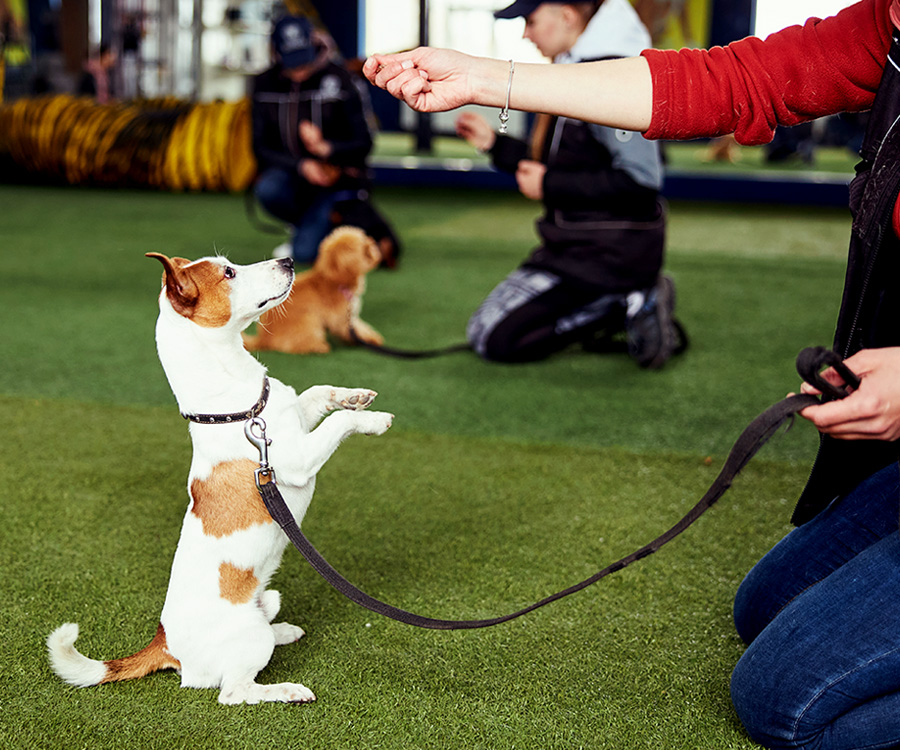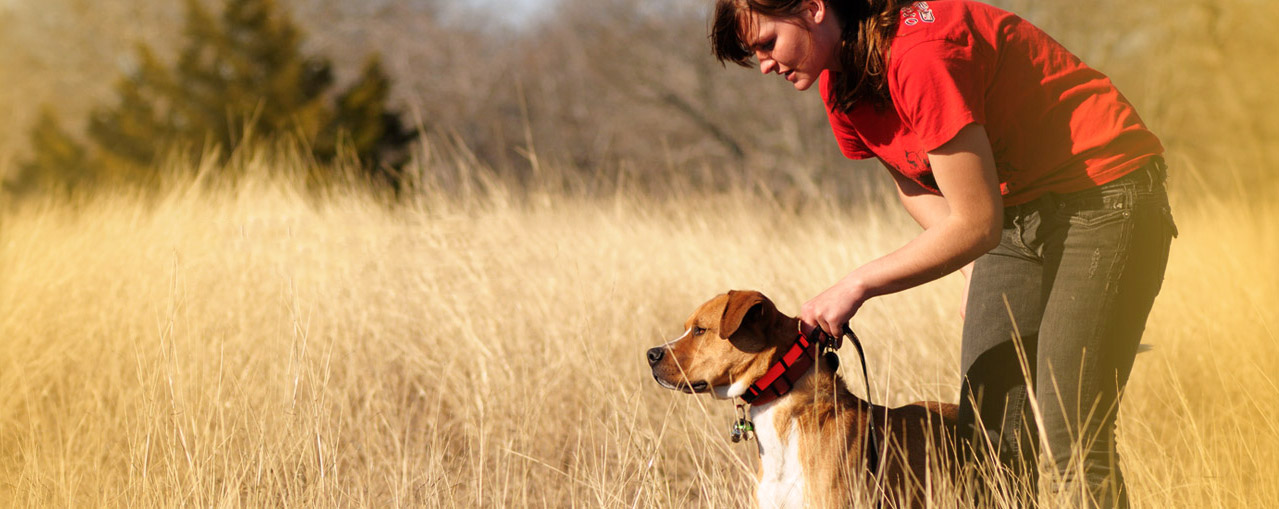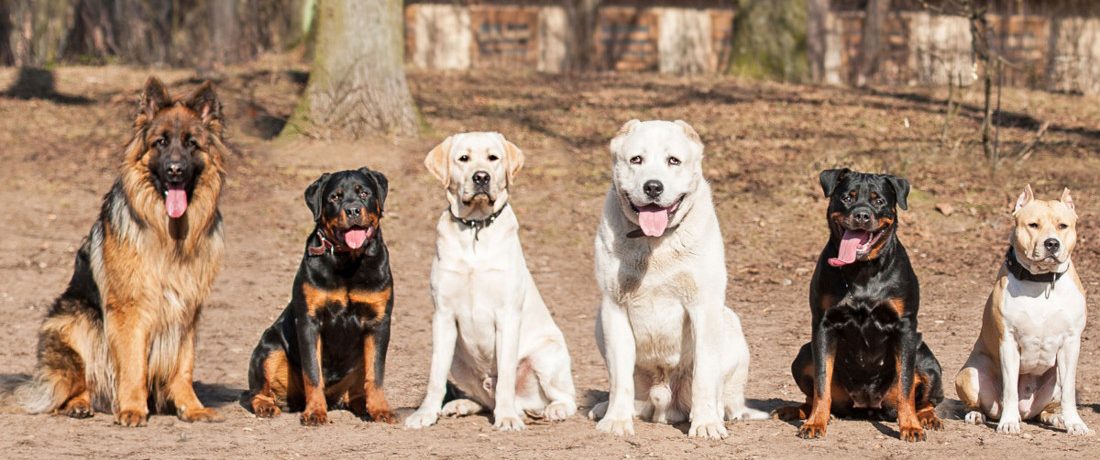The Advantages of Early Dog Training for a Mannerly Pet
The Advantages of Early Dog Training for a Mannerly Pet
Blog Article
Important Tips for Effective Dog Training: An Overview for Family Pet Owners
Effective dog training is a multifaceted process that needs a tactical strategy tailored to both the pet's personality and the owner's goals. Recognizing just how to browse these obstacles can dramatically enhance the training experience, inevitably changing the connection between owner and pet.
Comprehending Dog Behavior
Recognizing pet habits is necessary for effective training and cultivating a harmonious relationship in between dogs and their proprietors. dog training. Pets connect mostly via body language, articulations, and actions, making it vital for owners to analyze these signals precisely.

Socialization plays a significant role in pet behavior; exposure to different environments, people, and other animals can dramatically influence a pet dog's personality. Elements such as breed features and specific temperament must direct training approaches, as some breeds may have details behavior attributes that necessitate tailored approaches. By understanding these components, owners can produce a supportive environment that encourages positive actions, resulting in effective training outcomes and a deeper bond with their pets.
Developing Consistent Commands
Effective interaction with your dog starts with establishing constant commands. This foundational component of training is important for cultivating understanding in between you and your pet dog. Uniformity in the commands you utilize guarantees that your pet dog can dependably associate specific words or phrases with the desired actions.
When picking commands, pick clear, distinct words that are simple to claim and distinguish from one an additional. Avoid making use of similar-sounding commands that may perplex your pet. Using "sit" and "stay" is ideal, however "sit" and "hit" can lead to misconceptions.
Furthermore, keep the exact same tone and volume for every command. Canines are sensitive to singing hints, so differing your tone can produce confusion.
It is equally vital to ensure that all household members are on the same web page relating to the commands utilized. A united front in command use will certainly prevent mixed signals and strengthen the understanding process.
Favorable Support Methods
The power of positive support in dog training depends on its capacity to encourage wanted behaviors with benefits and appreciation. This method is grounded in the concept that actions adhered to by desirable end results are most likely to be repeated. By including positive reinforcement right into your training routine, you can properly shape your canine's habits in a positive fashion.
To apply positive support, it's vital to determine what encourages your pet dog, whether it be treats, toys, or spoken appreciation. When your dog executes a preferred activity, such as remaining on command, immediately award them with a reward or affection. This organization between the command and the favorable end result enhances their understanding.
It's crucial to timing the rewards correctly; supplying the reinforcement within secs of the desired habits assists your pet make the connection (dog training). In addition, consistency is key-- make sure that all family members use the exact same commands and reward systems to avoid confusion

Gradually, you can lower the regularity of deals with as your pet finds out the actions, transitioning to applaud or recurring benefits. This technique not only cultivates a solid bond in between you and your pet however also advertises a favorable knowing setting, making training a pleasurable experience for both.
Socialization and Interaction
Continually exposing your canine to a range of atmospheres, people, and various other pets is vital for their social development. Socialization needs to begin next page early, ideally throughout the essential home window of 3 to 14 weeks, when puppies are most responsive to brand-new experiences. Nonetheless, older pets can likewise gain from ongoing socialization efforts.
Introduce your pet dog to various settings, such as parks, pet-friendly stores, and metropolitan areas. This exposure aids them adjust to different stimulations, minimizing stress and anxiety and anxiety responses. Encourage positive communications with other pet dogs and people, making sure that these experiences are regulated and safe to foster confidence.
Make use of organized playdates with well-mannered dogs, as this can enhance your canine's social skills and show them ideal habits. Obedience courses and training sessions additionally supply outstanding chances for socialization, permitting your dog to connect with others in a supervised atmosphere.
Display your dog's body movement during communications, as this will certainly help you evaluate their convenience level. Gradually enhance direct exposure to even more difficult situations while guaranteeing that each experience declares. A well-socialized pet is most likely to exhibit balanced actions, making them a happiness to have in any type of setup.
Dealing With Common Training Difficulties
Every pet proprietor will certainly run into training obstacles eventually, despite their dog's age or socialization level. Recognizing typical concerns such as stubbornness, distractions, and terror can assist in developing reliable strategies for enhancement.

Interruptions during training sessions can hinder emphasis. To fight this, begin training in a peaceful environment with marginal stimuli. Gradually introduce diversions as the pet ends up being extra skillful in commands. Short, regular training sessions are also efficient in keeping interest.
Terror can hinder a pet dog's knowing procedure. Gradual desensitization to the resource of fear, coupled with favorable reinforcement, can aid alleviate stress and anxiety. Persistence is critical; never force a pet dog into a circumstance that creates distress, as this may exacerbate the concern.
Eventually, understanding and resolving these typical obstacles with read more an organized technique will certainly promote an extra effective training experience, enhancing the bond between pet dog and owner while promoting effective discovering.
Conclusion
In summary, effective pet training depends on a thorough understanding of canine actions, the facility of constant commands, and the application of favorable support techniques. Socializing plays a vital function in developing well-adjusted family pets, while read what he said addressing common training challenges calls for perseverance and flexibility. By executing these vital techniques, family pet owners can cultivate a strong bond with their canines and promote preferable habits, ultimately leading to a harmonious connection in between people and their canine friends.
Understanding pet dog actions is vital for reliable training and promoting a harmonious connection in between dogs and their proprietors.Socialization plays a substantial role in pet actions; direct exposure to various atmospheres, individuals, and various other pets can dramatically affect a dog's character.The power of positive support in dog training lies in its capability to urge preferred habits via benefits and praise. By incorporating favorable reinforcement right into your training routine, you can properly shape your pet dog's behavior in a positive fashion.
In recap, successful pet dog training relies on a thorough understanding of canine habits, the facility of constant commands, and the application of favorable support techniques.
Report this page